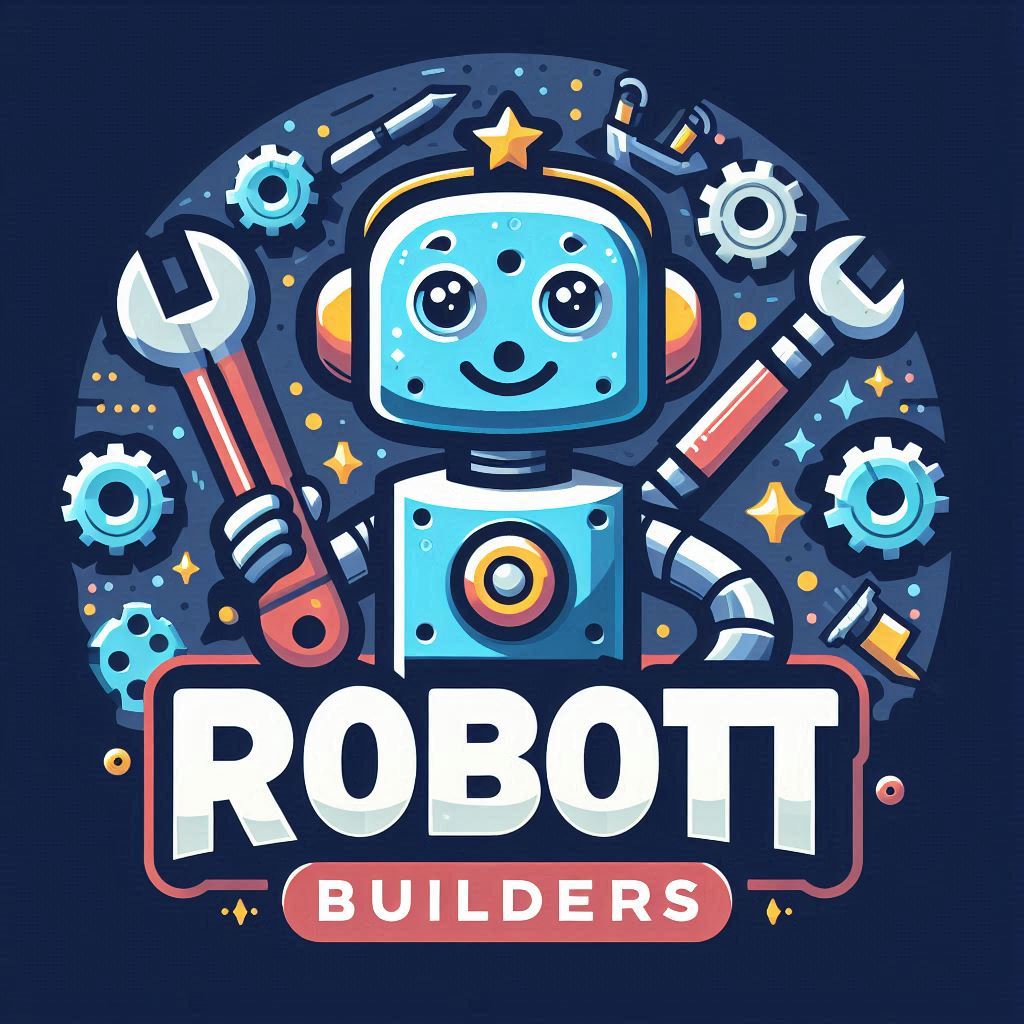Introduction
Automated transcription services powered by Artificial Intelligence (AI) are revolutionizing industries ranging from media and education to healthcare and legal documentation. By converting spoken words into written text with speed and accuracy, these tools eliminate the need for manual transcription while ensuring scalability and cost-efficiency.
This article explores the step-by-step process for creating AI tools for automated transcription, designed with SEO-friendly practices to maximize visibility and audience engagement.

1. Benefits of AI-Powered Transcription Services
AI transcription tools streamline the conversion of audio or video content into text, offering the following key advantages:
- Real-Time Transcription – AI processes audio and generates text instantly.
- Improved Accuracy – Advanced speech recognition minimizes errors and captures nuances.
- Multi-Language Support – AI tools handle transcription across diverse languages and accents.
- Scalable Solutions – Handle large volumes of data with efficiency.
- Cost and Time Savings – Replace manual transcription teams and accelerate workflows.
- Accessibility Enhancement – Enable subtitles, closed captions, and transcripts for better inclusivity.
These features empower users to achieve faster, smarter, and more accessible transcription workflows.
2. Technologies Needed for AI Transcription Tools
The foundation of successful transcription tools lies in leveraging advanced AI frameworks and technologies.
Core Technologies
- Speech-to-Text AI Models (Google Speech-to-Text, IBM Watson) – Converts spoken words into text efficiently.
- Natural Language Processing (NLP) – Enhances text interpretation and context understanding.
- Deep Learning Models – Frameworks like TensorFlow and PyTorch train AI systems for voice recognition.
- Audio Signal Processing – Filters background noise and improves speech clarity.
- Cloud Computing Platforms – Provides scalability and storage for large transcription workloads.
- Multi-Language AI – Supports global users by enabling transcription in different languages.
These technologies ensure accurate, scalable, and efficient transcription capabilities.
3. Data Preparation for Transcription AI Models
Training AI models requires well-organized, high-quality datasets. Proper preparation is critical to the performance of transcription tools.
Sources for Training Data
- Audio Recordings – Diverse examples of spoken language, such as interviews, lectures, and phone calls.
- Text Annotations – Scripts matching audio files for supervised learning.
- Multi-Language Speech Databases – Regional accents and dialects for comprehensive transcription capabilities.
- Noisy and Clean Audio Samples – Prepare AI for various audio environments, from studios to outdoor settings.
Steps to Prepare Data
- Data Cleaning – Remove irrelevant audio files and normalize formats.
- Speech Labeling – Tag audio files with corresponding text transcripts for model training.
- Feature Engineering – Extract audio attributes such as pitch, tempo, and volume.
- Balanced Data Representation – Include diverse accents, tones, and languages for inclusivity.
Prepared data ensures the AI system delivers precise and reliable transcriptions.
4. Training AI Models for Speech Recognition
AI models must be trained effectively to handle speech variability, environmental noise, and diverse accents.
Best Practices for Model Training
- Supervised Learning – Use labeled audio datasets to train AI on recognizing words and phrases.
- Unsupervised Learning – Help AI learn patterns in unstructured audio data.
- Reinforcement Learning – Refine transcription accuracy based on user feedback.
- Contextual NLP – Enable AI to understand and adapt to conversational contexts.
- Transfer Learning – Fine-tune pre-trained models for specific industries like healthcare or media.
Training ensures AI transcription tools are accurate, adaptive, and efficient in diverse applications.
5. Deploying AI Transcription Tools
Deployment brings AI transcription tools from development to practical use, ensuring accessibility for users.
Deployment Strategies
- Cloud-Based Platforms – Scale transcription services globally with secure cloud solutions.
- API Integration – Connect transcription tools with video editing, CRM, or content management systems.
- Mobile App Support – Provide users with on-the-go transcription capabilities.
- Interactive Dashboards – Display transcripts visually for editing and sharing.
- Real-Time Transcription – Deliver results instantly for live-streaming or event coverage.
Deploying tools seamlessly maximizes user accessibility and efficiency.
6. SEO Optimization for AI Transcription Platforms
To reach your audience, transcription tools need strategic SEO practices for higher visibility.
SEO Tips for Transcription Tools
- Keyword Optimization – Use relevant terms like “AI transcription services,” “speech-to-text tools,” and “automated transcription.”
- Fast Load Times – Optimize platforms for speed and responsiveness.
- Content Marketing – Publish blogs or tutorials on how transcription tools simplify workflows.
- Collaborate with Industry Leaders – Build credibility through partnerships and backlinks.
- Metadata Optimization – Structure page titles, meta descriptions, and tags for search engines.
SEO ensures maximum adoption and competitive advantage.
7. Monitoring AI Performance & Refining Models
To keep transcription tools reliable and efficient, continuous monitoring is essential.
Performance Metrics to Track
- Transcription Accuracy Rates – Evaluate how closely AI matches spoken audio with text.
- Processing Speed – Monitor turnaround times for audio-to-text conversion.
- Error Analysis – Address transcription mistakes like misinterpreted accents or jargon.
- Scalability Metrics – Ensure the tool handles growing workloads effectively.
Regular updates and refinements maintain long-term reliability and user satisfaction.
Conclusion
AI-powered transcription services are reshaping industries by offering accurate, efficient, and scalable audio-to-text solutions. By leveraging advanced AI technologies and following systematic development practices, you can build tools that make transcription simpler, faster, and more accessible for users worldwide.
